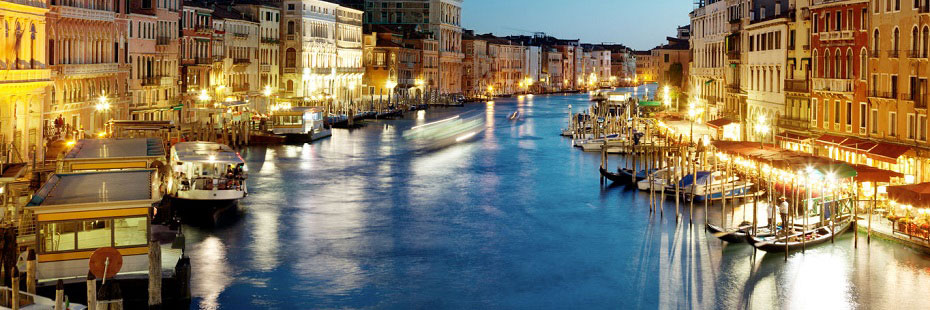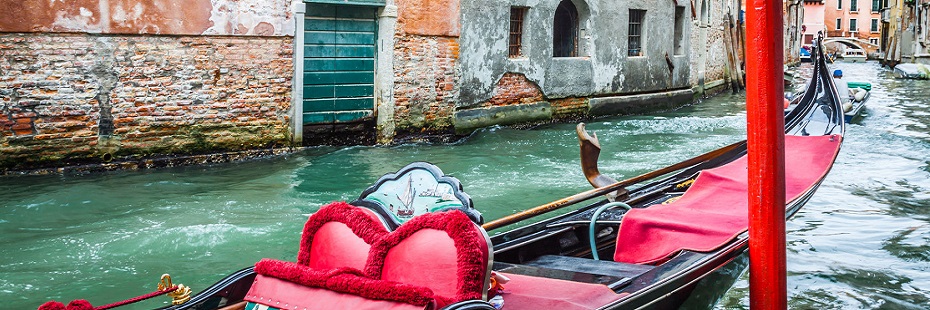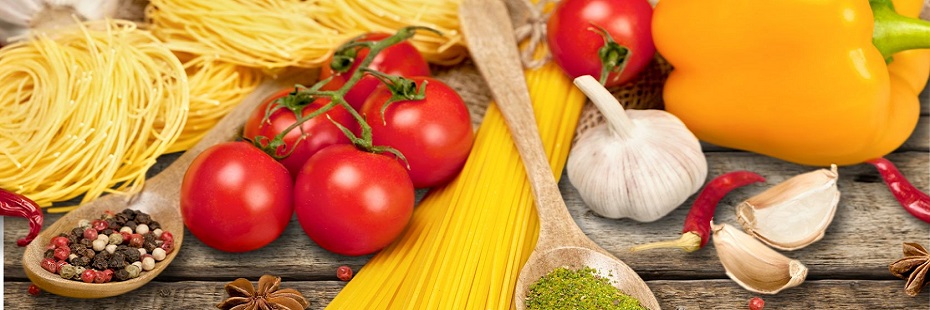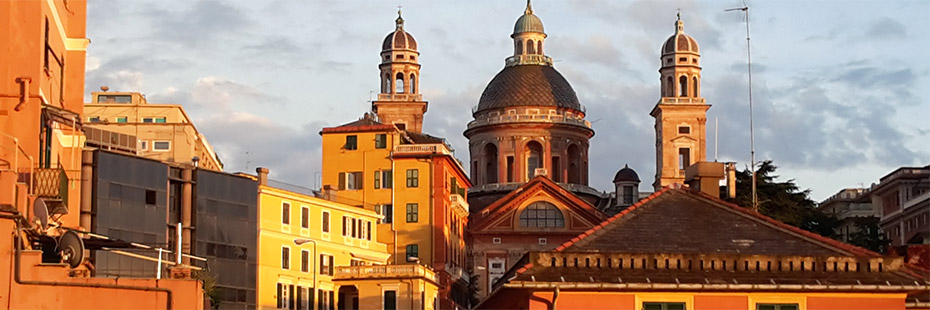A Marengo, in Italia, Napoleone ha avuto una delle sue più grandi vittorie militari. Era molto superstizioso e questo aspetto si rifletteva nella sua vita anche in dettagli apparentemente insignificanti come il cibo.
Tu sei superstizioso? (O superstiziosa)? |
In Marengo, Italy, Napoleon had one of his greatest military victories. He was very superstitious, and this aspect appeared in his life also in seemingly insignificant details such as food.
Are you superstitious? |
|---|

Napoleon crossing the Alps, Jacques-Louis David, 1800
(image source Wikipedia)
Share this activity:
| Marengo è il nome della località a sud di Torino dove Napoleone sconfisse il 14 Giugno 1800 gli Austriaci, nella famosa omonima battaglia. Questa battaglia diede il nome ad un famosissimo piatto che fu cucinato sul campo di battaglia da Dunand, lo chef di Napoleone: il pollo alla Marengo. | Marengo is the name of a village in the plain south of Turin where Napoleon won the battle against the Austrians on the 14th June 1804. The battle also gave its name to a very famous dish cooked there by Dunand, Napoleon's chef: Marengo chicken. |
|---|---|
| La storia racconta che il generale francese, come d'abitudine, durante il combattimento non tocca cibo, ma, dopo la battaglia, chiede a Dunand di preparargli la cena. A Marengo, le uniche provviste che il disperato Dunand riesce a trovare sono 3 uova, 4 pomodori, 6 gamberi di fiume, 1 gallina starnazzante, qualche spicchio di aglio e dell'olio. Inoltre usando la sua razione di pane, Dunand prepara dei crostoni friggendoli in una padella dove poi aggiunge il pollo tagliato a pezzetti con la sua sciabola e quando quest'ultimo risulta cotto, lo mette da parte friggendo poi nella stessa padella le uova con l'aglio ed i pomodori. Poi ci spruzza sopra un po' di acqua mescolata a del cognac che aveva preso dalla fiaschetta del suo generale e per ultimi aggiunge i gamberi. Napoleone soddisfattissimo, ordina a Dunand di cucinargli sempre questo piatto dopo ogni battaglia! Da bravo cuoco, Dunand ben sapeva che il cognac ed i gamberi di fiume non c'entravano per nulla con questo piatto ragion per cui quando lo prepara la volta successiva, sostituisce il cognac con del vino bianco, omette completamente i gamberi di fiume e aggiunge dei funghi. Come risultato, Napoleone si arrabbia moltissimo e rimanda il piatto indietro dicendo che mancano i gamberi ed, essendo molto superstizioso, era certo che ciò gli avrebbe portato sfortuna. | The story goes that, as usual, the French general did not touch food during the fight, but, after the battle, he asked Dunand to prepare dinner for him. In Marengo, the only provisions that the desperate Dunand managed to find were 3 eggs, 4 tomatoes, 6 river prawns, 1 squawking hen, a few cloves of garlic and some oil. Furthermore, using his ration of bread, Dunand prepared croutons by frying them in a pan where he then added the chicken cut into small pieces with his saber, and when the latter was cooked, he put it aside frying the eggs in the same pan with the garlic and tomatoes. Then he sprinkled on it some water mixed with some cognac that he had taken from his general's flask and lastly added the river prawns. Napoleon, very satisfied, ordered Dunand to always cook him this dish after every battle. However, being a good chef, Dunand knew that cognac did not match river prawns so the following time he substituted it with white wine, omitted the prawns and added mushrooms. As a result, Napoleon got very angry and sent the dish back saying that the prawns were missing and, being very superstitious, he was certain that this would bring him bad luck. |
La ricetta
Ingredienti:
|
The recipe
Ingredients:
|
Dividete il pollo in 6 pezzi, dopo averlo lavato ed asciugato. In una casseruola abbastanza grande fate rosolare nell'olio a fuoco forte il pollo. Attenzione, l'olio non deve bruciare. Appena il pollo è leggermente dorato, toglietelo dalla padella, asciugatelo con carta da cucina in modo da rimuovere il più possibile l'olio soffritto. Questo procedimento rende il pollo estremamente digeribile. In una padella pulita, versate olio nuovo, mettete il pollo, salate, pepate e continuate la cottura a fuoco basso. Quando il pollo sarà quasi cotto toglietelo della padella e tenetelo in caldo. Scolate ora l'olio, aggiungete i pomodori a pezzetti, il vino bianco, l'aglio, il brodo di carne concentrato e fate ridurre un po' questa salsa. Rimettete di nuovo il pollo nella padella, fatelo amalgamare con la salsa per qualche minuto e poi disponetelo nel piatto di portata contornandolo coi gamberi di fiumi e coi crostini di pane su cui avrete appoggiato le uova fritte. Per ultimo spruzzate sul pollo il prezzemolo fresco tritato. |
Wash and dry the chicken and cut it into 6 pieces. Warm the oil in a large pan then saut the chicken on all sides on vivid heat for a few minutes. Be careful, the oil must not burn. As soon as the chicken is light browned, remove it from the pan, dry it with kitchen-paper in order to remove as much of the fried oil as possible. This procedure makes the chicken extremely digestible. In a clean pan, pour new oil, put the chicken, season with salt and pepper and continue cooking over low heat. When the chicken is almost done remove it from the pan and keep it warm. Add the chopped tomatoes, the white wine, the garlic and the meat broth and and let this sauce reduce a little. Place the chicken pieces back in the pan and stir it into the sauce for a few minutes. Fry the eggs and the bread separately then place the eggs on the bread. Place the chicken on the serving dish and surround it with the bread and eggs, and decorate the top with the river prawns. Lastly cover the dish with fresh chopped parsley. |
| Questo articolo è stato pubblicato per la prima volta su mangiarebene.com. Marina Malvezzi è la creatrice e fondatrice del sito mangiarebene.com. | This article was first published on mangiarebene.com. Marina Malvezzi is the creator and founder of mangiarebene.com. |







